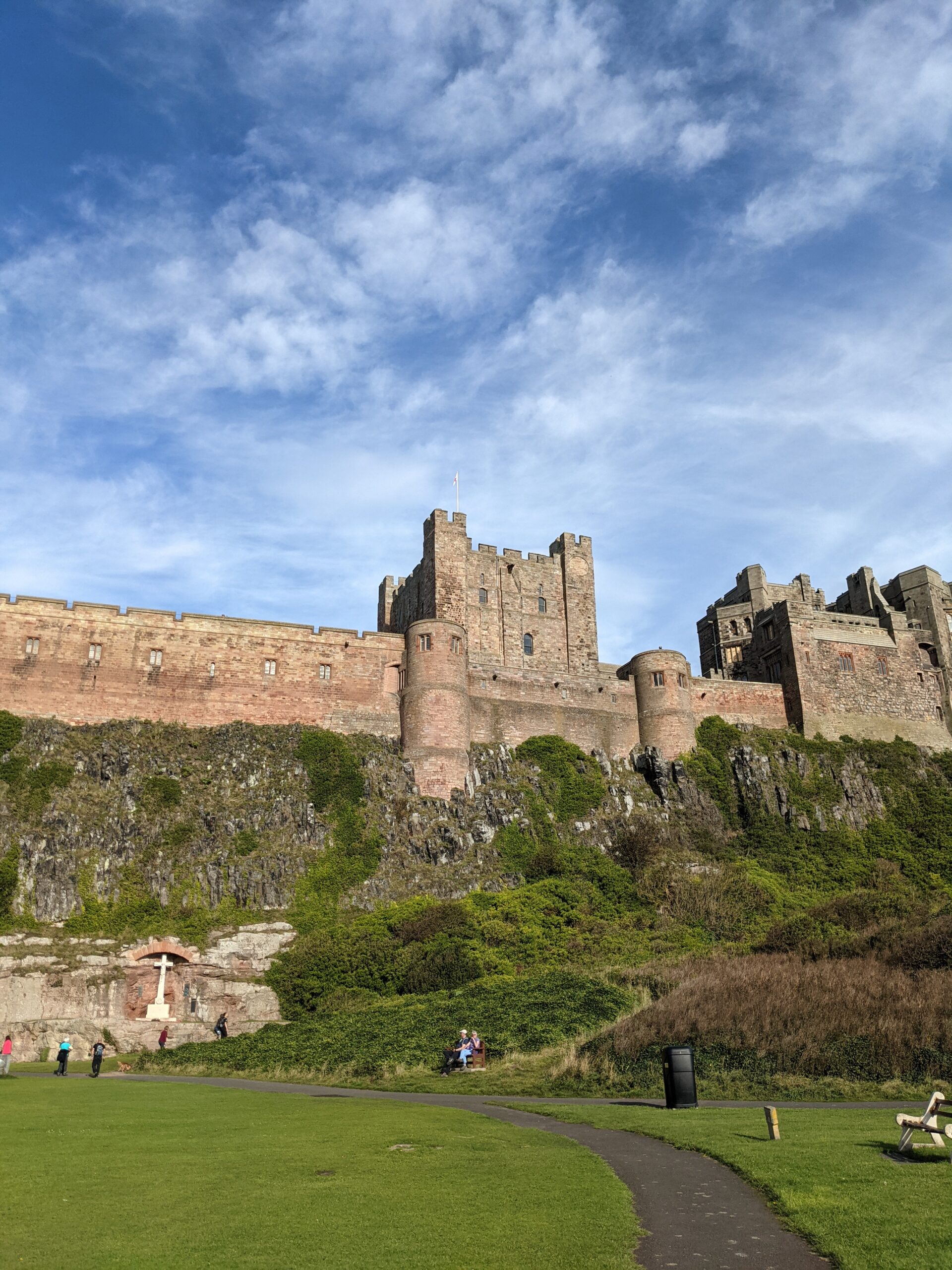In this blog, we go back to the 15th century to take a look at the final time when Bamburgh Castle sat at the centre of a Kingdom before being reduced to rubble.
More specifically, we go back to 1464 when Bamburgh was besieged by Yorkist forces. The King at the time was King Henry VI – an unfortunate monarch who had a difficult life. He wasn’t well suited to being the King. His father, Henry V had been a fantastic English General and English King who was loved by his people but died too young.
Henry VI
When Henry V died, his son, also called Henry, was flung into the politics of the monarchy at a very young age – he was just a baby when his father died. His maternal grandfather passed away at the same time as his father which left Henry VI the king of France too!
His two kingdoms saw arguments and conflicts aplenty and baby Henry had to grow up in that environment. When he reached the age of maturity, he became King of England and France.
He lost his title in France fairly quickly and in Britain, the War of the Roses came about because the House of York saw itself as a much more suitable Royal Family for England than the House of Lancaster, Henry’s dynasty.
The defeat of the House of Lancaster
Henry found himself in a great deal of trouble with conflict boiling over into a number of battles. The most noteworthy battle was the Battle of Hexham. Henry’s House of Lancaster was defeated at Hexham and Henry retreated to Bamburgh. Yorkshire forces travelled to Bamburgh under Earl Warwick – nicknamed the Kingmaker because his influence could decide who would become Monarch.
Upon hearing of the Lancastrian forces coming up to Bamburgh, Henry fled under the charge of Sir Ralph Grey, a Knight from Chillingham who took over the siege of Bamburgh. Warwick arrived in Bamburgh to set up three guns – Newcastle, London and Dyson. With the guns, Warwick blasted the walls of Bamburgh Castle. He made no let up and stone from the castle walls were flung into the sea.
Eventually, the tower in which Sir Ralph Grey was stationed collapsed under the cannon fire. He was later captured, and taken to York for execution for treason, signalling the end of Lancastrian power.
The King and Queen fled
Margaret of Anjou, Queen at the time, fled to France while Henry VI fled to Scotland where he was eventually captured and brought back to the Tower of London.
In 1470, Edward VI fell out with his Lords which meant Henry VI was restored as King for just one year before being deposed again and murdered in the Tower of London. He later became a Saint because of his support for education and religious facilities and oversaw a great deal of investment during his time.
It’s quite sad that Henry VI was not suited to a time of war. He was a very gentle king and his mental health was negatively affected by warfare. He was once found laughing and singing in the middle of a battle, showing the strain and damage war was doing to him.
Perhaps if he had been king during peacetimes, he would have been seen more like Edward the Confessor, Anglo Saxon king who established monasteries, schools and religious facilities around his kingdom. Unfortunately he was born into wartimes and was directly compared with his father who thrived during such times and had a brilliant political mind.
This was the final time that Bamburgh Castle was involved in warfare, left as a ruin after an attack from the Earl of Warwick’s guns. The castle remained a ruin until the Bishop of Durham, Lord Crew, took it over from the Foster family and restored it to a school for girls. In the very late 19th century, Lord Armstrong took it over and restored it into a stately home as we know it today.



